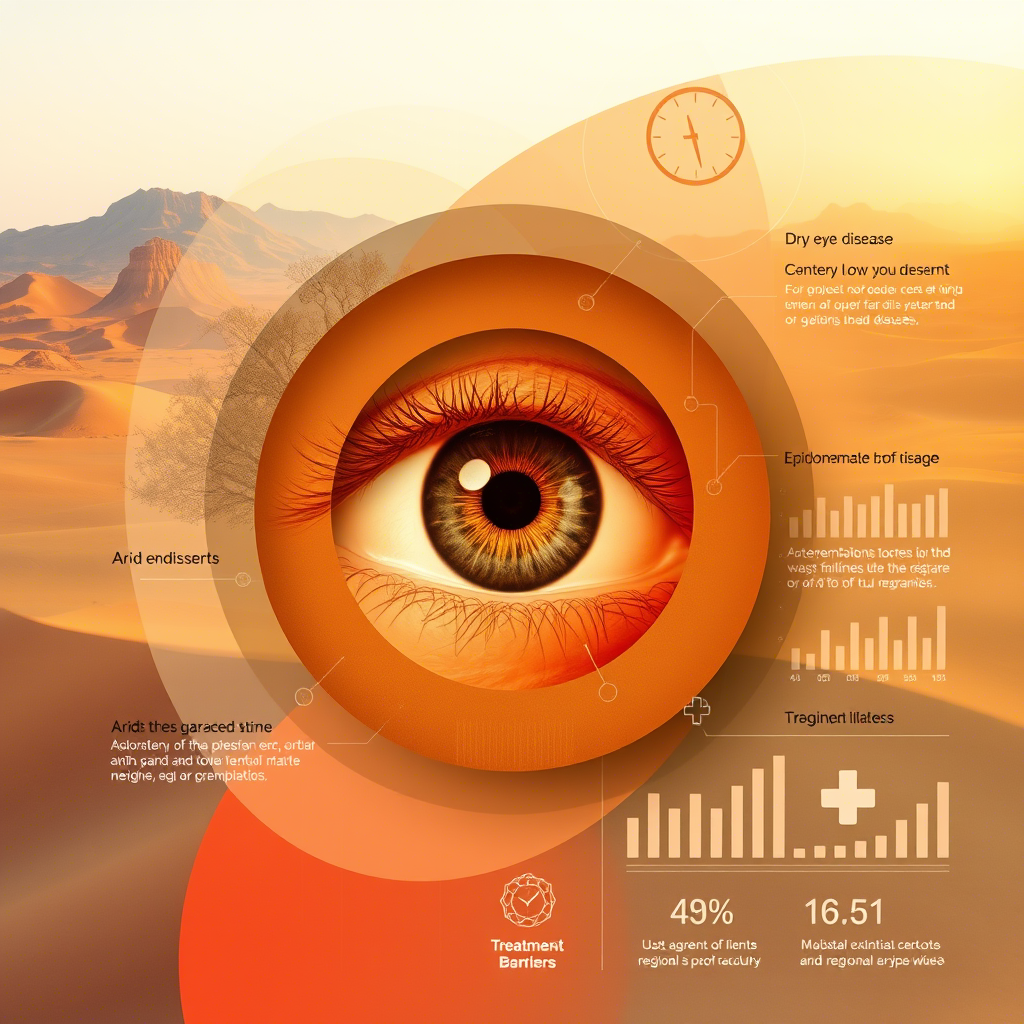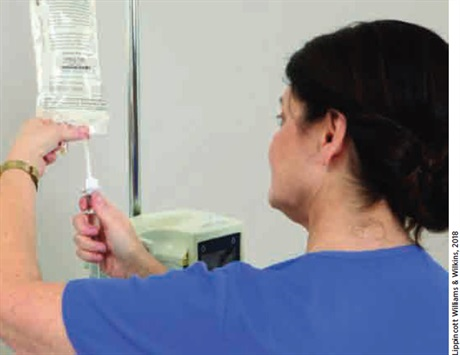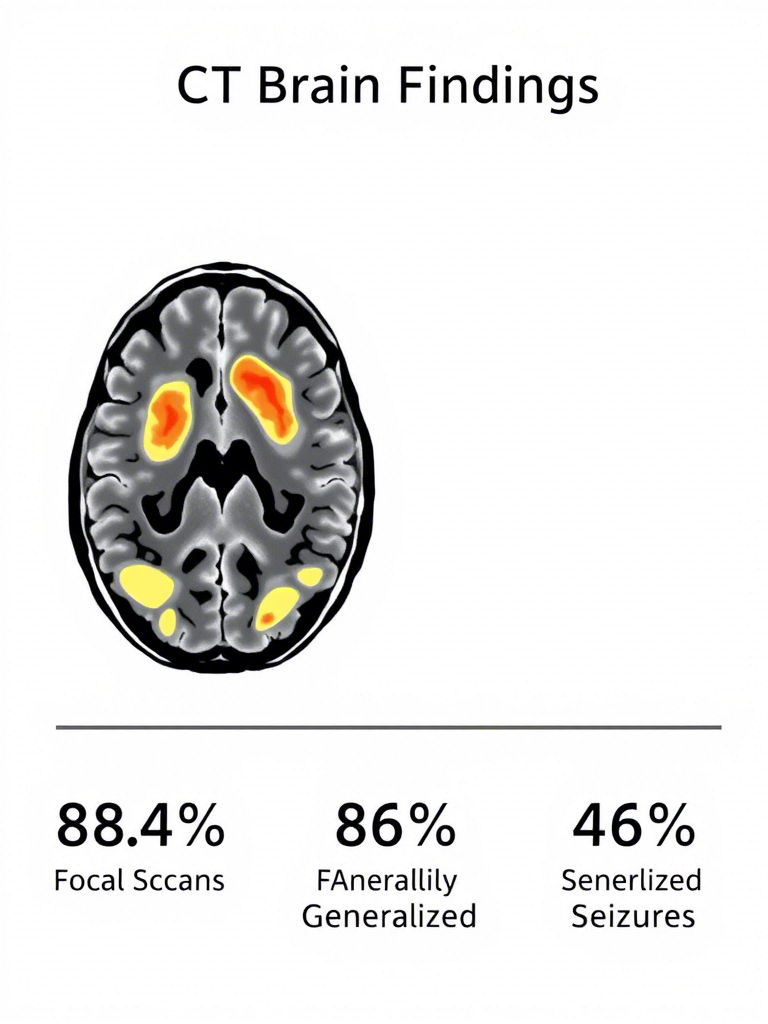Epidemiology and Management of Dry Eye Disease in the Middle East and North Africa: Challenges and Opportunities
Abla Yousif 1, Amal Bouzid 2 , Fatiha Essadik 3, Latifa EL BARDIY corresponding Author
Keywords:
Keywords: Dry Eye Disease, Epidemiology, MENA, Risk Factors, Quality of Life, AI Diagnostics, Public Health, OphthalmologyAbstract
AbstractBackground:
Dry Eye Disease (DED) is an increasingly prevalent but underrecognized public health issue in the Middle East and North Africa (MENA) region, affecting an estimated 7% to 65% of the population depending on geographic, climatic, and occupational exposure. Recent regional studies indicate that up to 1 in 3 adults may experience DED symptoms in urban and arid environments, making it a leading cause of ophthalmic consultations.
Objective:
This review aims to consolidate quantitative and qualitative evidence on the epidemiology, risk factors, diagnostic limitations, quality-of-life implications, and treatment challenges of DED across MENA countries, while proposing data-driven recommendations to shape regional healthcare strategies and research priorities.
Methods:
A comprehensive narrative review was conducted utilizing over 60 peer-reviewed studies published between 2005 and 2024, complemented by a Delphi consensus panel of 12 regional ophthalmology experts. Prevalence data, demographic trends, risk stratification, diagnostic accuracy rates, and therapeutic accessibility metrics were analyzed to inform a consolidated regional perspective.
Key Findings:
DED prevalence varies widely, from 7% in coastal regions to 65% in desert zones, with female sex (up to 60% higher risk), age over 50 years (48% prevalence), and screen exposure exceeding 6 hours/day (prevalence >55%) as significant risk factors. Up to 42% of DED patients report productivity loss, while 28–35% experience comorbid anxiety or depressive symptoms. Diagnostic misclassification occurs in 15–25% of cases due to lack of standardized screening protocols. Treatment access remains suboptimal, with up to 40% of patients citing cost as a barrier. AI-assisted diagnostic tools show up to 89% sensitivity but are only implemented in <10% of clinical settings across the region.
Conclusion:
DED is a clinical, psychological, and economic burden in the MENA region. Strategic interventions must include public awareness campaigns, professional training, AI diagnostic integration, and affordable treatment pathways. Establishing region-specific guidelines and conducting multi-country epidemiological studies will be vital in improving patient outcomes and health system resilience.
omprehensive Report: Epidemiology and Management of Dry Eye Disease in the MENA Region – Challenges and Strategic Recommendations 1. Introduction
Dry Eye Disease (DED) is a multifactorial ocular surface disorder characterized by tear film instability, inflammation, and neurosensory abnormalities, leading to ocular discomfort and visual disturbances. In recent years, DED has emerged as a significant yet often underrecognized public health concern in the Middle East and North Africa (MENA) region. Epidemiological data indicate a wide prevalence spectrum, ranging from 7% in coastal areas to 65% in desert zones, influenced by geographic, environmental, occupational, and socioeconomic factors.
DED contributes not only to diminished visual function but also to reduced quality of life and economic productivity. Despite its increasing burden, standardized protocols for diagnosis and treatment are lacking across most countries in the MENA region.
2. ObjectiveThis review aims to:
- Consolidate evidence on the prevalence, risk factors, diagnostic limitations, and clinical consequences of DED in the MENA region.
- Analyze regional challenges in treatment accessibility and health system preparedness.
- Propose data-driven strategies to enhance early detection, care delivery, and future research directions.
A comprehensive narrative synthesis was conducted, reviewing more than 60 peer-reviewed articles published between 2005 and 2024. Key data sources included global ophthalmology journals, regional medical databases, and national health reports. A Delphi consensus panel comprising 12 ophthalmology experts from MENA was assembled to discuss evidence gaps and propose strategic recommendations.
The data analysis focused on:
- Regional prevalence rates
- Demographic trends and high-risk groups
- Diagnostic methods and limitations
- Treatment accessibility and affordability
- Psychosocial and economic implications
DED prevalence varies dramatically:
- 7% in coastal zones
- Up to 65% in arid desert climates
- Urban settings: Nearly 1 in 3 adults experience DED symptoms.
- Gender: Women have a 60% higher risk than men.
- Age: Adults over 50 years show a 48% prevalence rate.
- Occupational exposure: More than 55% prevalence among those using digital screens for over 6 hours/day.
- Environmental exposure: Air conditioning, low humidity, and dust are key contributors.
- 42% of DED patients report decreased work productivity.
- 28–35% experience comorbid anxiety and depression, exacerbating the chronic disease burden.
- Misclassification in 15–25% of cases due to variability in diagnostic tools and lack of unified screening protocols.
- Limited use of advanced diagnostics (e.g., tear osmolarity, imaging).
- AI-assisted tools show up to 89% sensitivity, yet they are used in <10% of clinics region-wide.
- 40% of patients cite cost as a primary barrier to accessing treatment.
- Limited insurance coverage for ocular lubricants, anti-inflammatory therapies, and punctal plugs.
- Lack of availability of newer therapeutic agents in rural and underserved areas.
DED in MENA is underdiagnosed and undertreated, despite substantial prevalence and impact. Variability in prevalence highlights the need for region-specific diagnostic criteria and screening policies. Diagnostic and therapeutic advances, including AI-based technologies and biosensor tools, are promising but require integration into public healthcare systems.
Healthcare systems in MENA countries face challenges in training personnel, implementing standardized protocols, and providing affordable treatment options. Moreover, the psychosocial burden of DED—often underestimated—requires a holistic approach to care.
6. Strategic Recommendations- National awareness campaigns to educate the public and reduce diagnostic delays.
- Professional training programs for ophthalmologists and primary care providers.
- Standardized clinical protocols to unify diagnosis and management across the region.
- Adoption of AI-assisted diagnostics and digital screening tools in public healthcare.
- Subsidized or insurance-covered treatment options, especially for underserved populations.
- Multi-country epidemiological studies to generate comprehensive regional data and facilitate policymaking.
DED represents a growing clinical, economic, and psychological burden in the MENA region. Addressing this requires integrated public health strategies, policy reforms, and cross-sector collaboration. With early diagnosis, accessible treatments, and targeted interventions, the impact of DED can be significantly mitigated, improving both individual quality of life and overall healthcare efficiency.
Downloads





